Have you ever witnessed a frightened cat slowly transform into a playful, loving companion? It’s nothing short of magical. For anyone who’s welcomed a rescue or shy feline into their home, recognizing those subtle, heartwarming changes is like watching a flower bloom after a long, chilly winter. Cats may seem mysterious, but when they finally let their guard down, their emotional shifts are powerful, inspiring, and unforgettable. Let’s dive into the fascinating world of feline feelings and explore the deep, emotional changes that show a cat truly feels safe at last.
The Softening of the Gaze
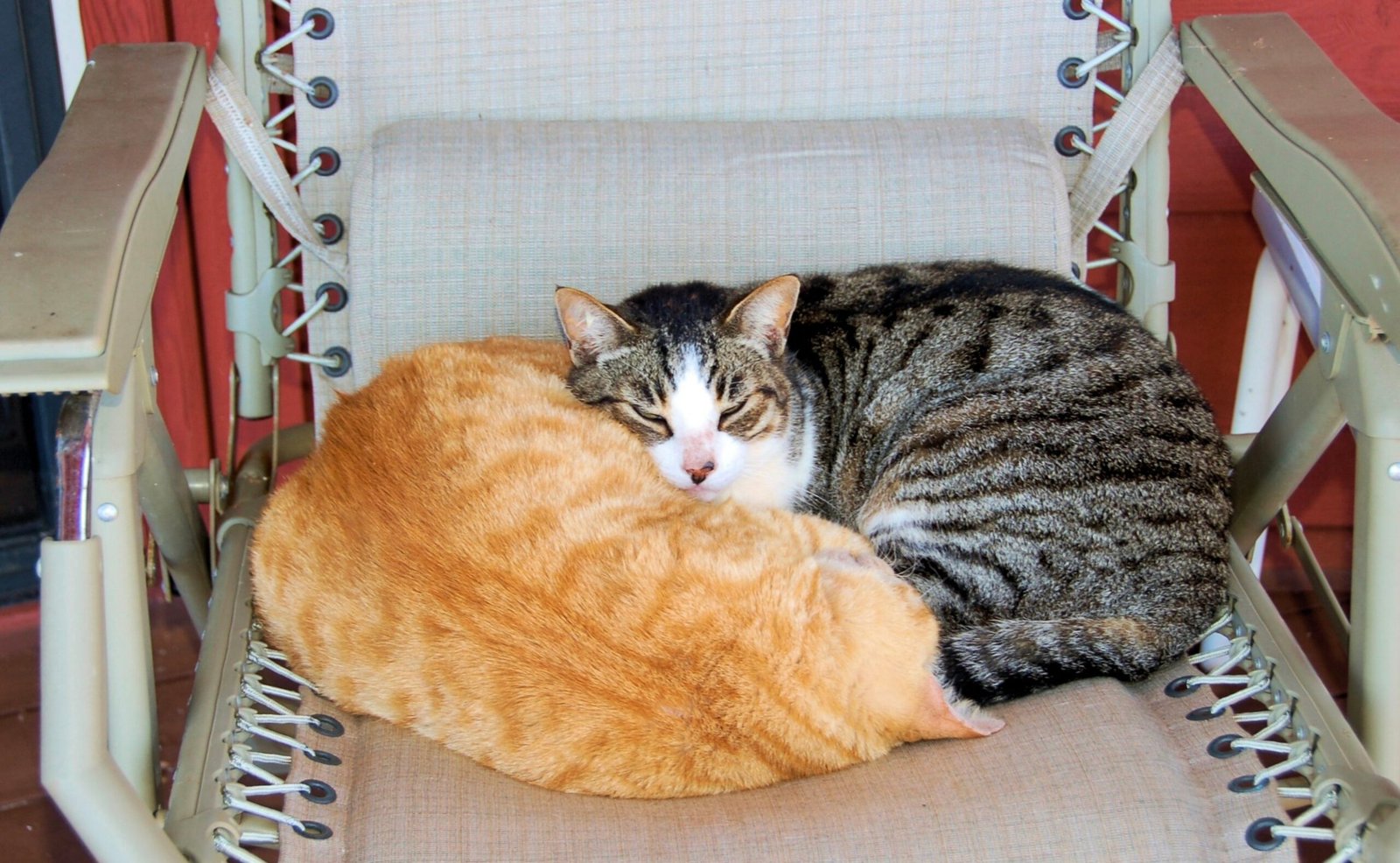
One of the first things you might notice when a cat starts feeling safe is the way they look at you. Gone is the wide-eyed wariness, replaced by half-closed, relaxed eyes. This gentle gaze is like a feline “smile”—an unspoken sign of trust. When a cat blinks slowly at you, it’s their way of saying, “I feel comfortable here.” Imagine a frightened animal finally letting their muscles relax and choosing to connect with you, even if it’s just through their eyes. This emotional shift is subtle, but it carries enormous weight. It’s almost as if your cat is whispering, “I think I can trust you now.” That’s not just cute—it’s deeply moving.
Seeking Out Affection

Cats that once hid under beds or in corners may start approaching you for gentle pets and cuddles. The change from avoidance to seeking touch is a dramatic emotional leap. It’s not just about wanting physical contact; it’s about feeling safe enough to be vulnerable. You might find your cat rubbing against your leg, hopping onto your lap, or nuzzling your hand. These little gestures are huge milestones. Each head bump or soft purr is a sign that your cat is letting go of fear, piece by piece. It’s their way of inviting you into their world.
Playfulness Returns
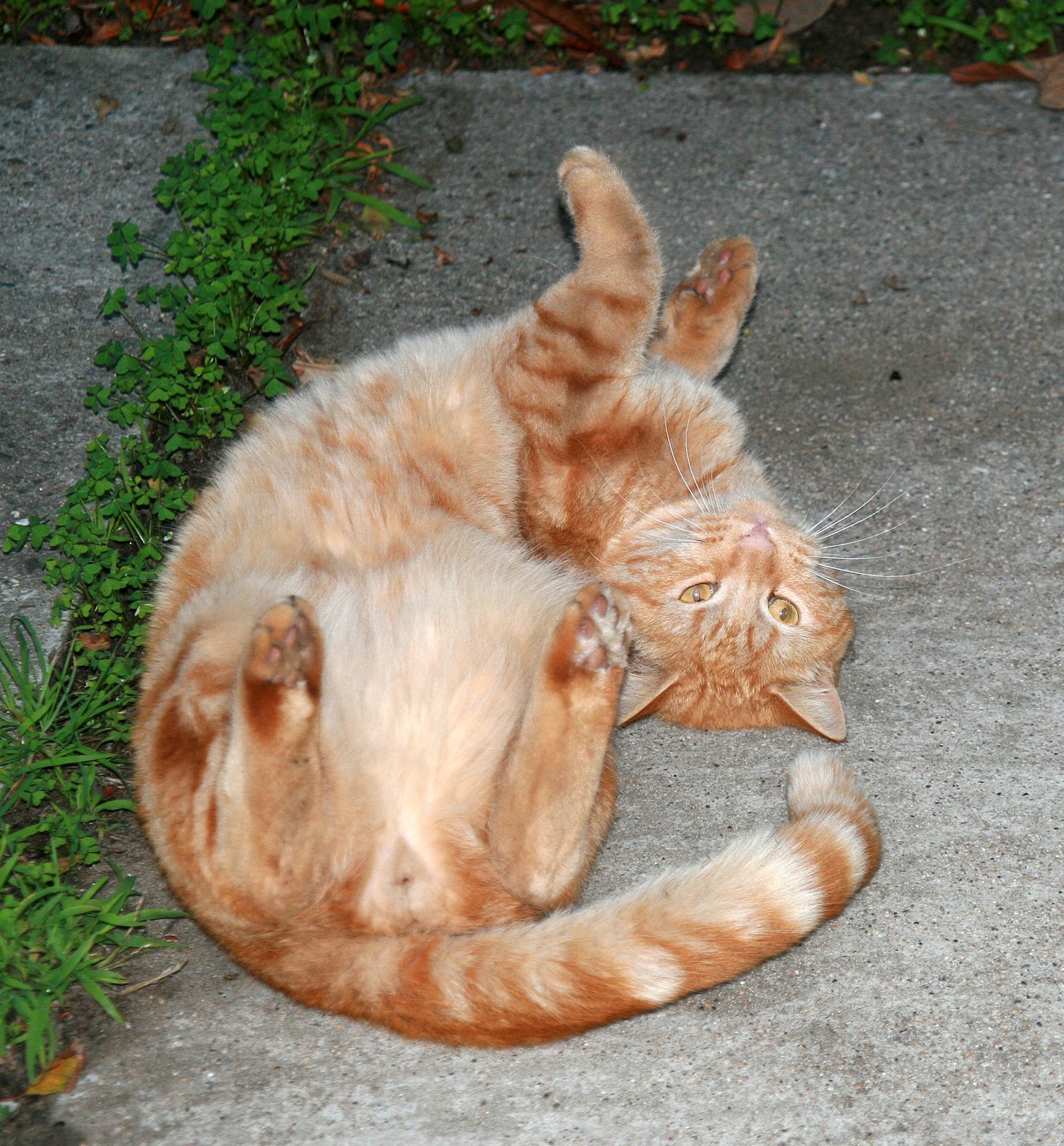
A fearful cat rarely plays, but a safe cat suddenly finds joy in the simplest things. You’ll notice your feline chasing after toys, leaping for strings, or even just batting at a dust bunny. Play is more than fun—it’s a sign of emotional security. When a cat feels safe, their natural curiosity and energy bubble back to the surface. It’s like watching a child rediscover laughter after a tough time. Their playful antics aren’t just entertaining; they’re proof that your home has become their sanctuary.
Comfortable Sleeping Positions
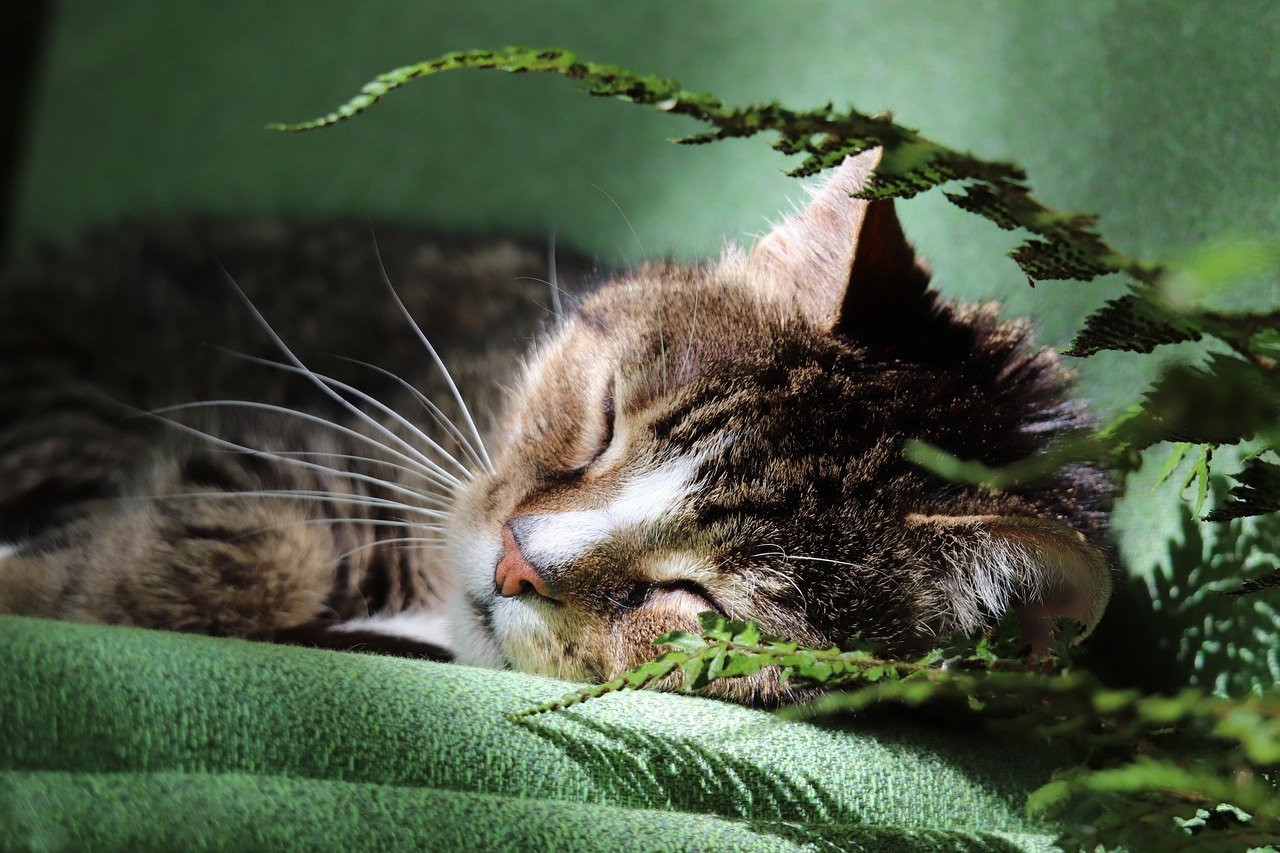
A cat who sprawls out on their back or curls up in the open is telling you something important: “I’m not worried anymore.” Fearful cats sleep in tight, hidden spots, always ready to bolt. But safety brings out the loafing, stretching, and belly-up snoozes. These comfortable positions are more than adorable—they’re a visible sign of trust. It’s a little like someone finally sleeping with both eyes closed after years of keeping one open. There’s a sense of peace and surrender in these postures that’s hard to miss.
Chirps, Meows, and Purrs
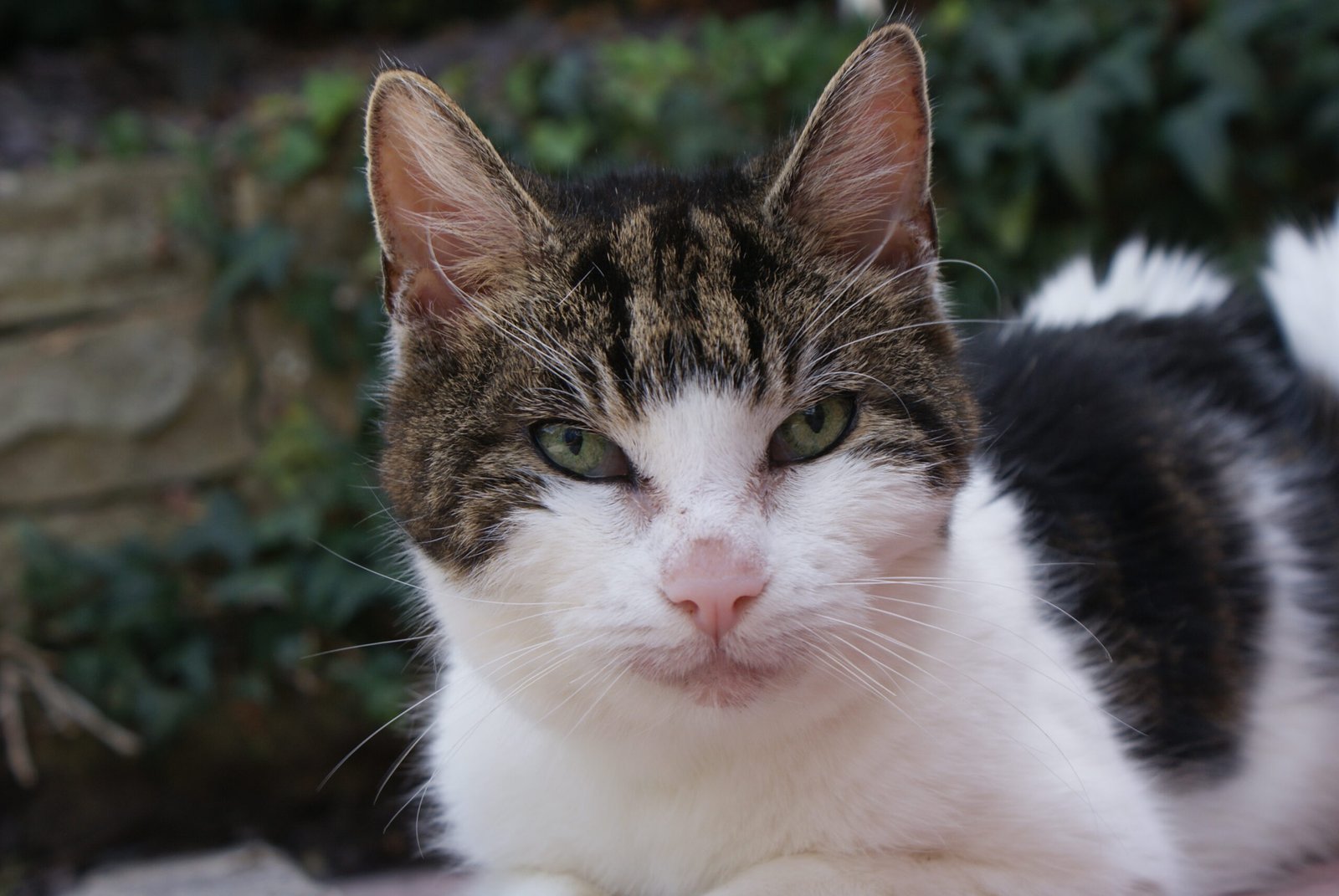
When cats feel secure, they become more vocal. The once-silent feline starts expressing themselves with a symphony of sounds. You might hear soft chirps, trills, or even long conversations. Each meow is a way for your cat to communicate needs and emotions. Purring, in particular, is a powerful sign—often signaling that your cat feels content and safe. Sometimes, it’s almost as if your cat has found their voice after a long silence. These sounds can fill your home with warmth and life.
Eating With Enthusiasm
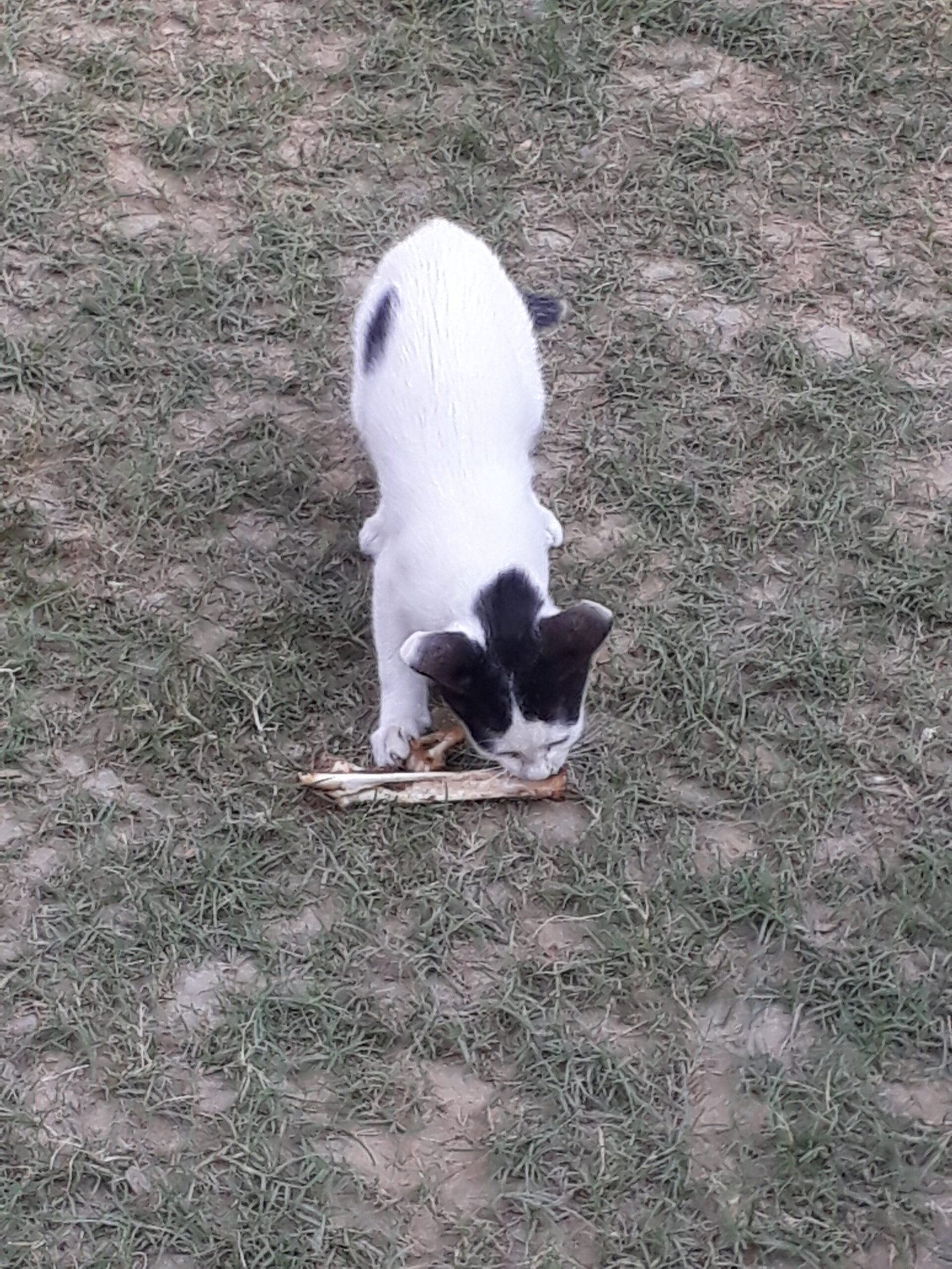
A scared cat often skips meals or eats quickly, always looking over their shoulder. But when safety settles in, you’ll see a newfound enthusiasm at mealtime. Your cat will eat with gusto, savoring every bite. Sometimes, they even take their time or eat in your presence, a huge sign of trust. Food is a basic need, and feeling safe enough to enjoy it openly is a major emotional milestone. It’s like someone finally savoring their favorite meal without worry.
Grooming in the Open
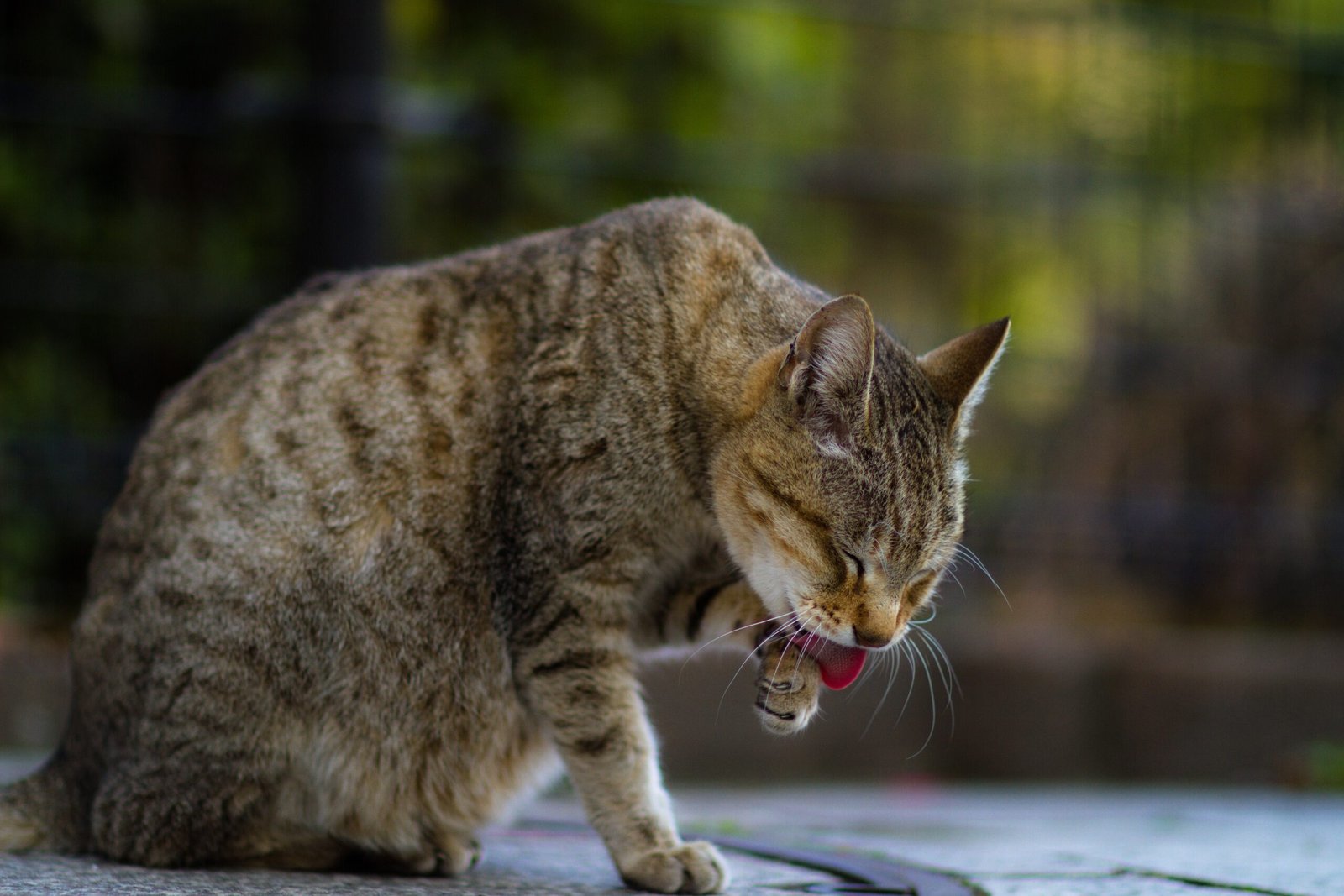
Self-grooming is a vulnerable act for cats. When they feel threatened, grooming stops or happens only in hiding. The return of regular, relaxed grooming in open spaces signals deep emotional comfort. You’ll notice your cat cleaning themselves in the middle of the room, unconcerned by your presence. This simple act means your cat is calm and confident in their environment. It’s almost as if they’re saying, “This is my home, and I belong here.”
Exploring New Spaces

Fearful cats stick to familiar hiding spots, but safe cats grow brave. Suddenly, your feline is investigating every nook and cranny, climbing onto windowsills, or sniffing around new rooms. This curiosity is a clear sign of growing confidence. Exploring is your cat’s way of claiming their territory and saying, “I’m not afraid anymore.” It’s like watching someone step out into the sunlight after years in the shadows. Each new adventure is a little victory.
Claiming Their Territory
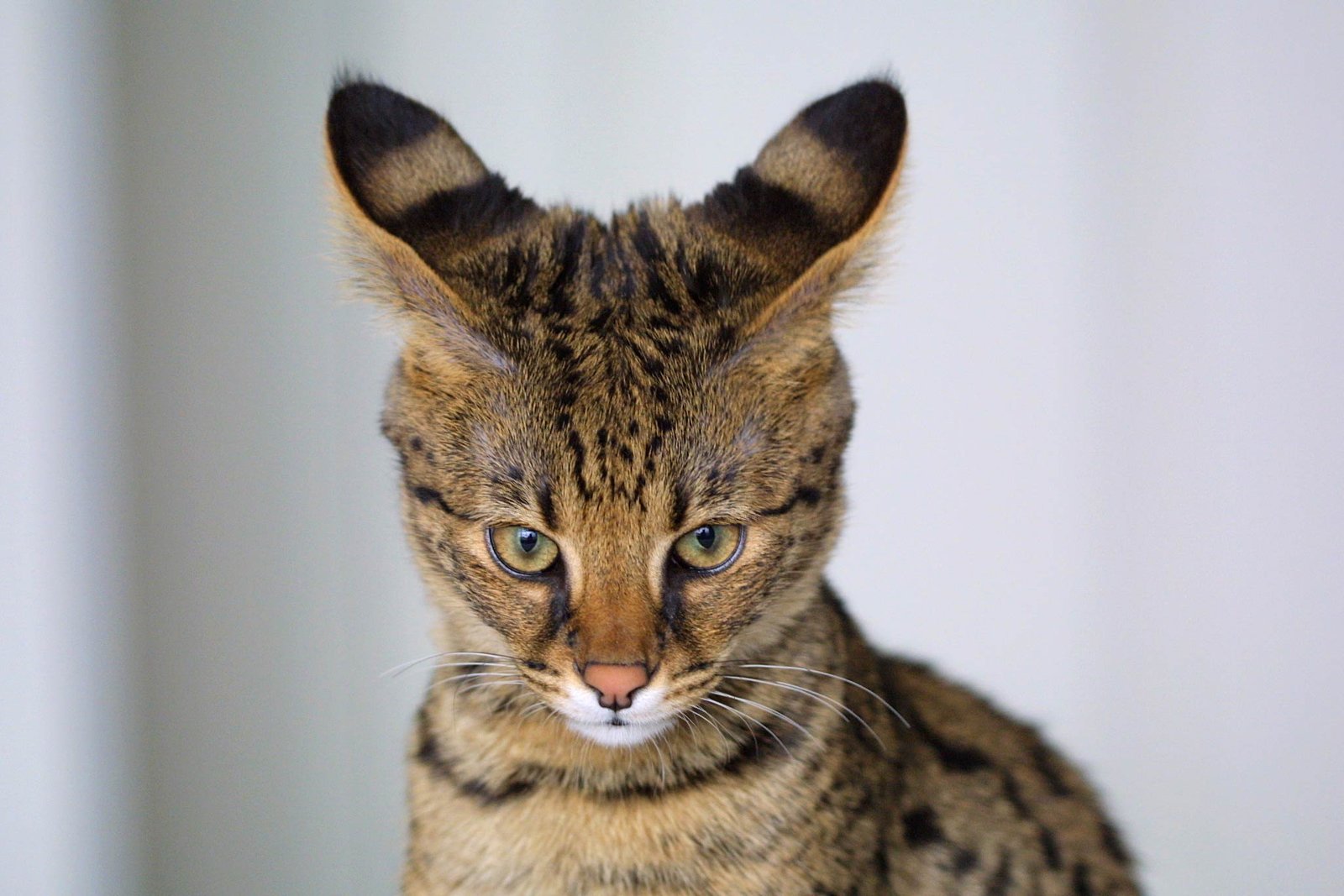
When a cat rubs their face on furniture, scratches posts, or even kneads blankets, they’re marking their territory with scent glands. This behavior ramps up when they feel safe. They’re not just leaving their mark—they’re announcing, “This is my space now.” These actions may seem small, but for a once-scared cat, they’re giant emotional leaps. It’s a mix of pride, security, and happiness wrapped into one.
Following You Around
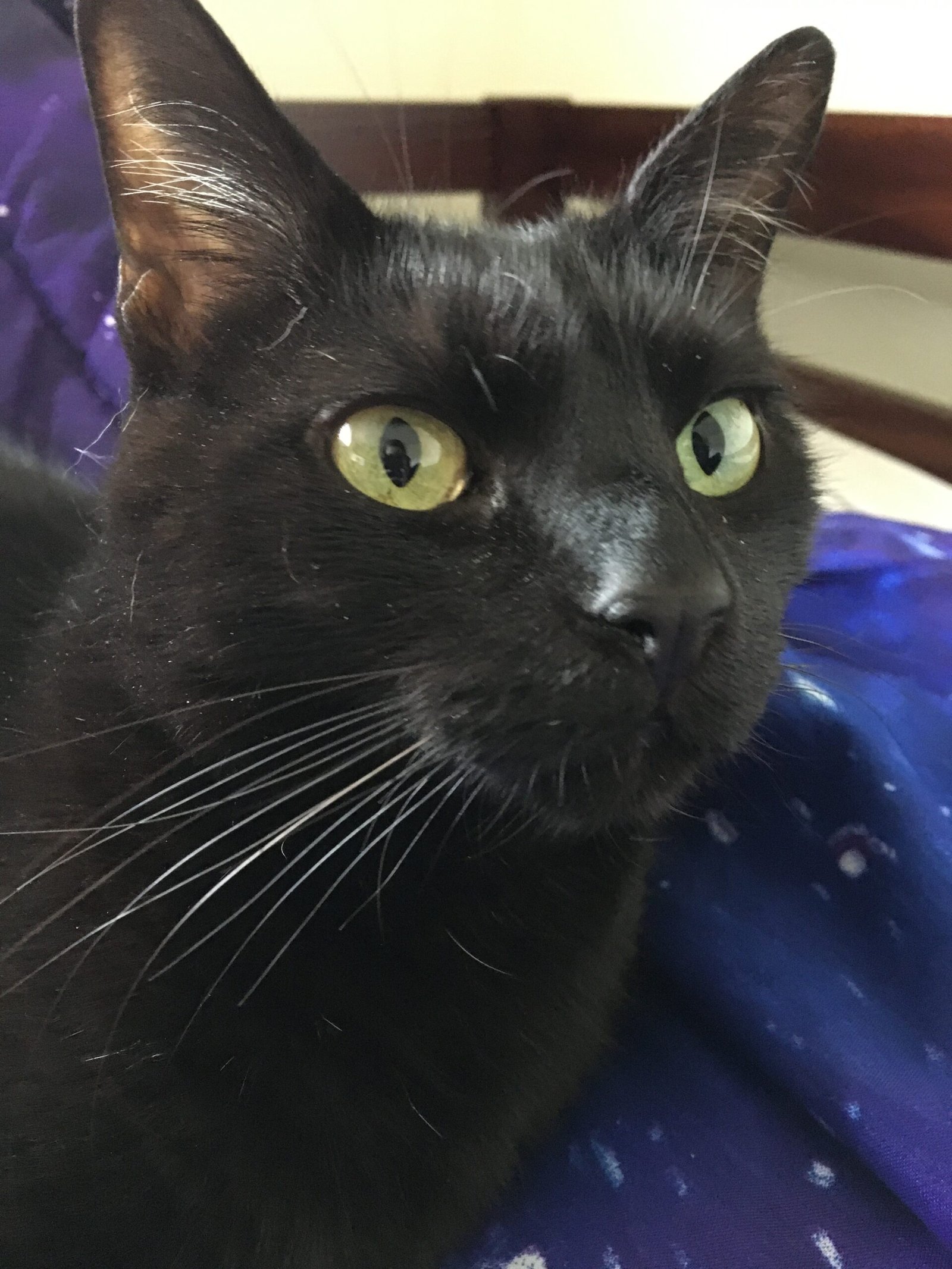
A cat who shadows your every move isn’t just being nosy—they’re showing attachment. If your feline starts following you from room to room, it’s a strong signal that they feel safe and want to be close. This new shadow is a badge of trust. It’s like a child reaching for your hand in a crowd, seeking comfort and connection. The once-distant cat is now your loyal companion.
Accepting Gentle Handling
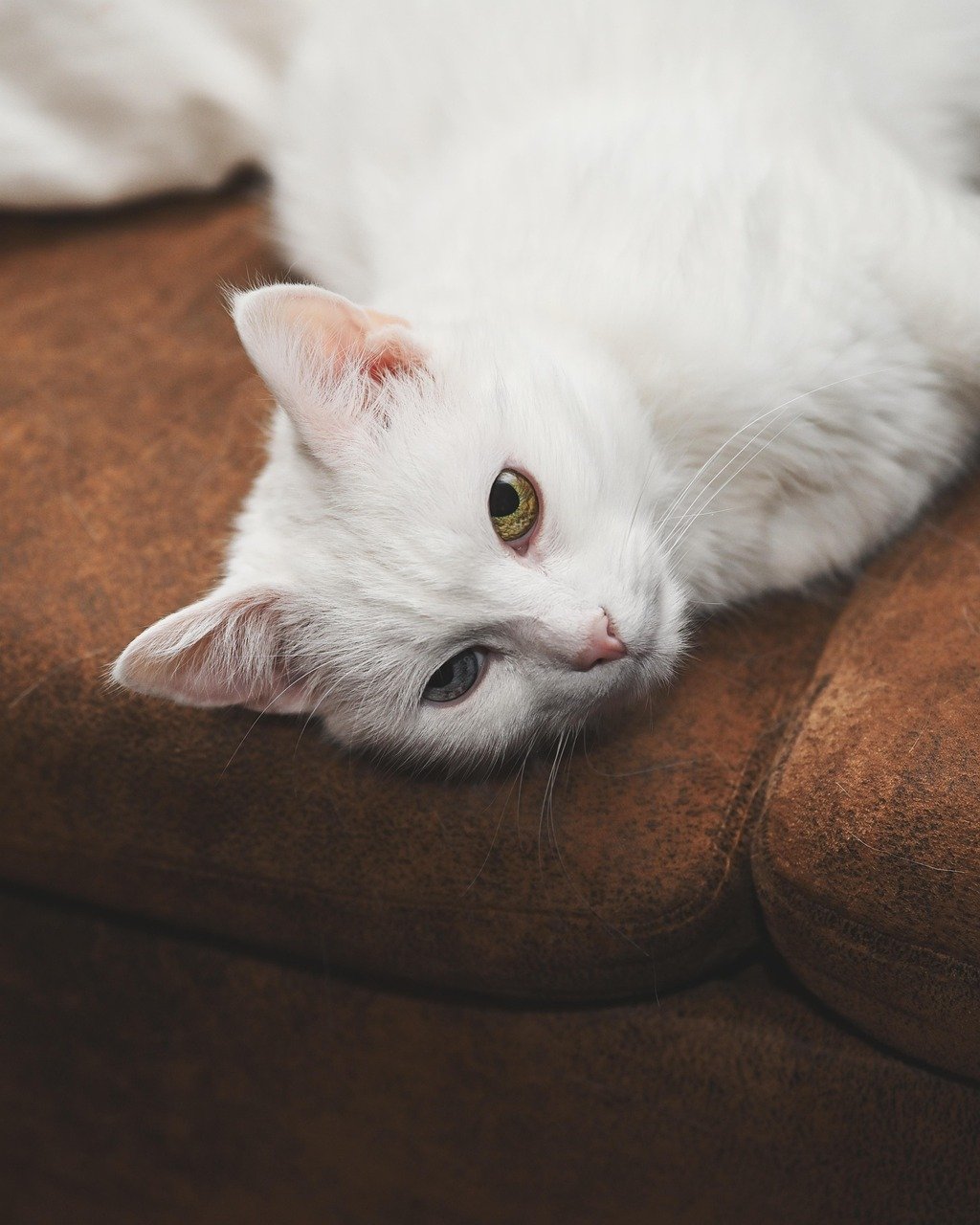
Some cats flinch or shrink away from touch when they’re scared. But as safety grows, so does their tolerance for handling. You might notice your cat allowing you to pick them up, brush their fur, or even clip their nails without protest. This shift is about more than physical comfort—it’s a sign of emotional acceptance. They trust you not to hurt them, and that’s a bond worth celebrating.
Inviting Belly Rubs (Sometimes)
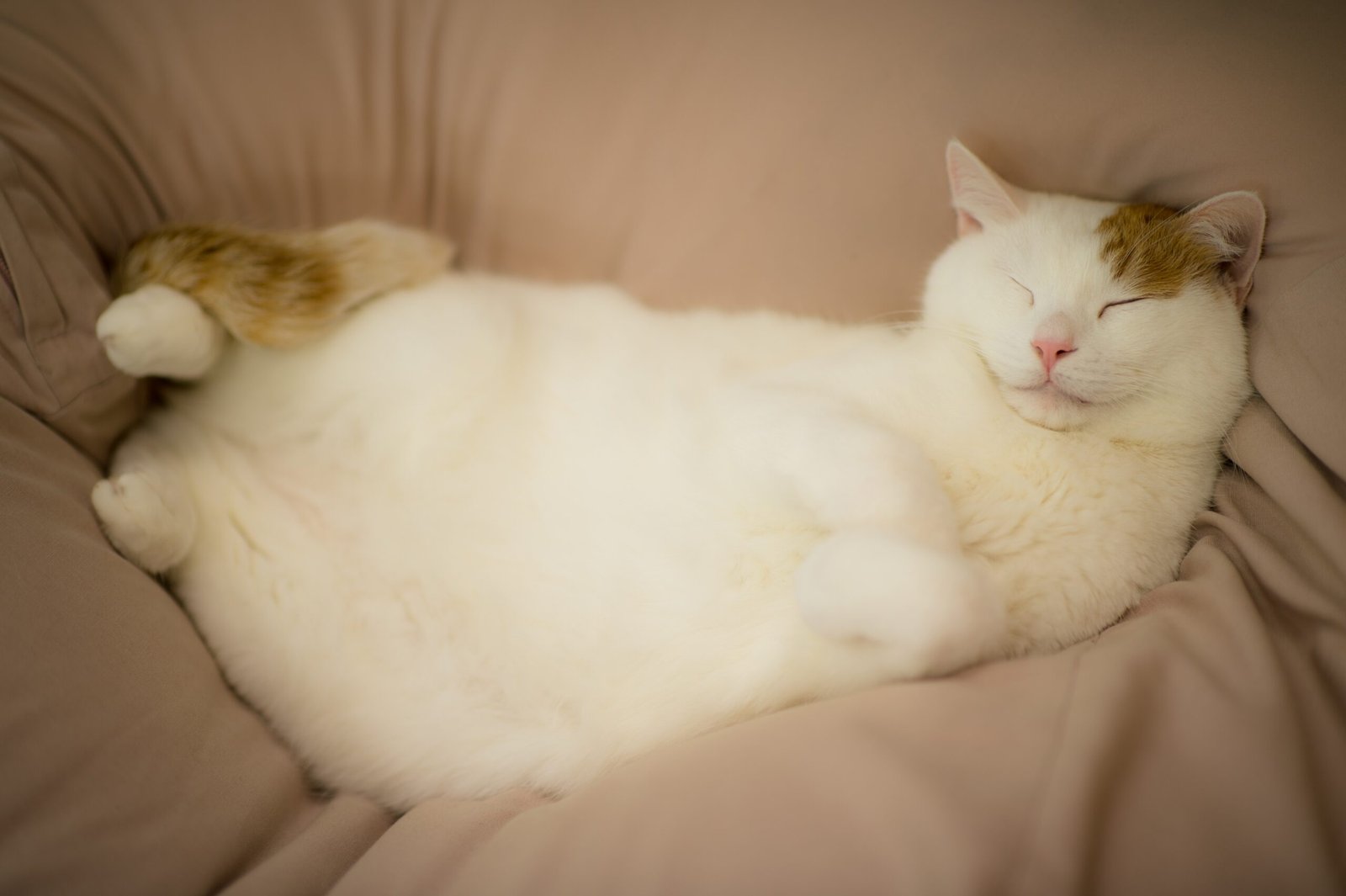
The ultimate sign of trust? A cat flopping over and exposing their belly. This vulnerable posture is rarely seen in fearful felines. While not every cat enjoys a belly rub, the invitation alone is a sign of deep trust. It’s as if your cat is saying, “I have nothing to fear from you.” Few gestures are as touching as a cat revealing their softest side.
Less Startle Response

Cats who feel unsafe jump at every sound or sudden movement. But as safety sets in, you’ll notice your cat becoming calmer, less jumpy. No longer do they dash under the couch at every sneeze or loud noise. Their confidence grows, and their nerves settle. It’s a beautiful transformation from high-alert to true relaxation.
Initiating Interaction
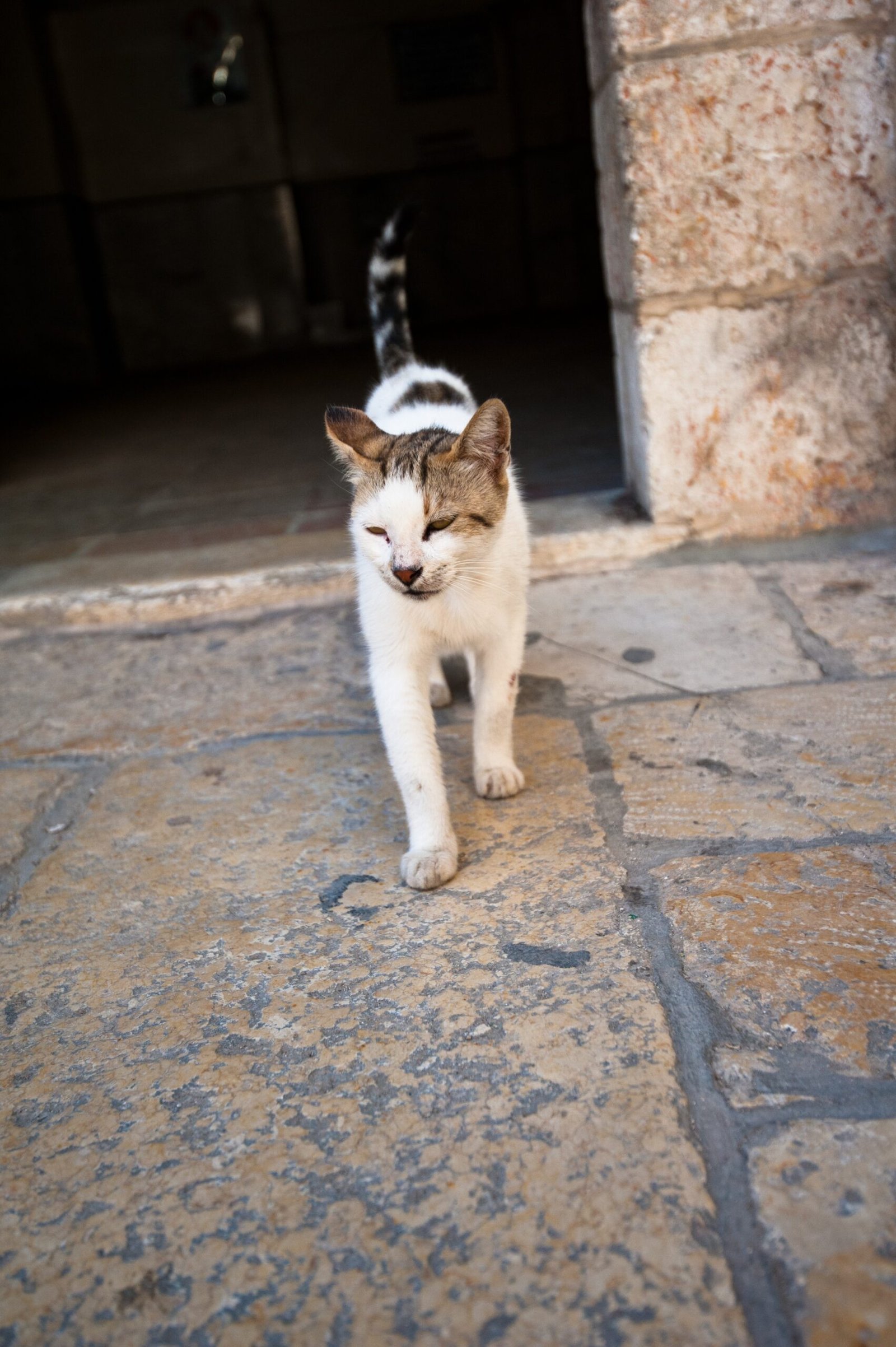
The shy cat who once avoided human contact may begin to initiate interaction. You might find them reaching out a paw, head-butting your hand, or even bringing you a toy. These invitations are powerful emotional signals—they want to connect and share time with you. It’s a shift from survival mode to social engagement, and it’s something every cat owner treasures.
Regular Use of the Litter Box
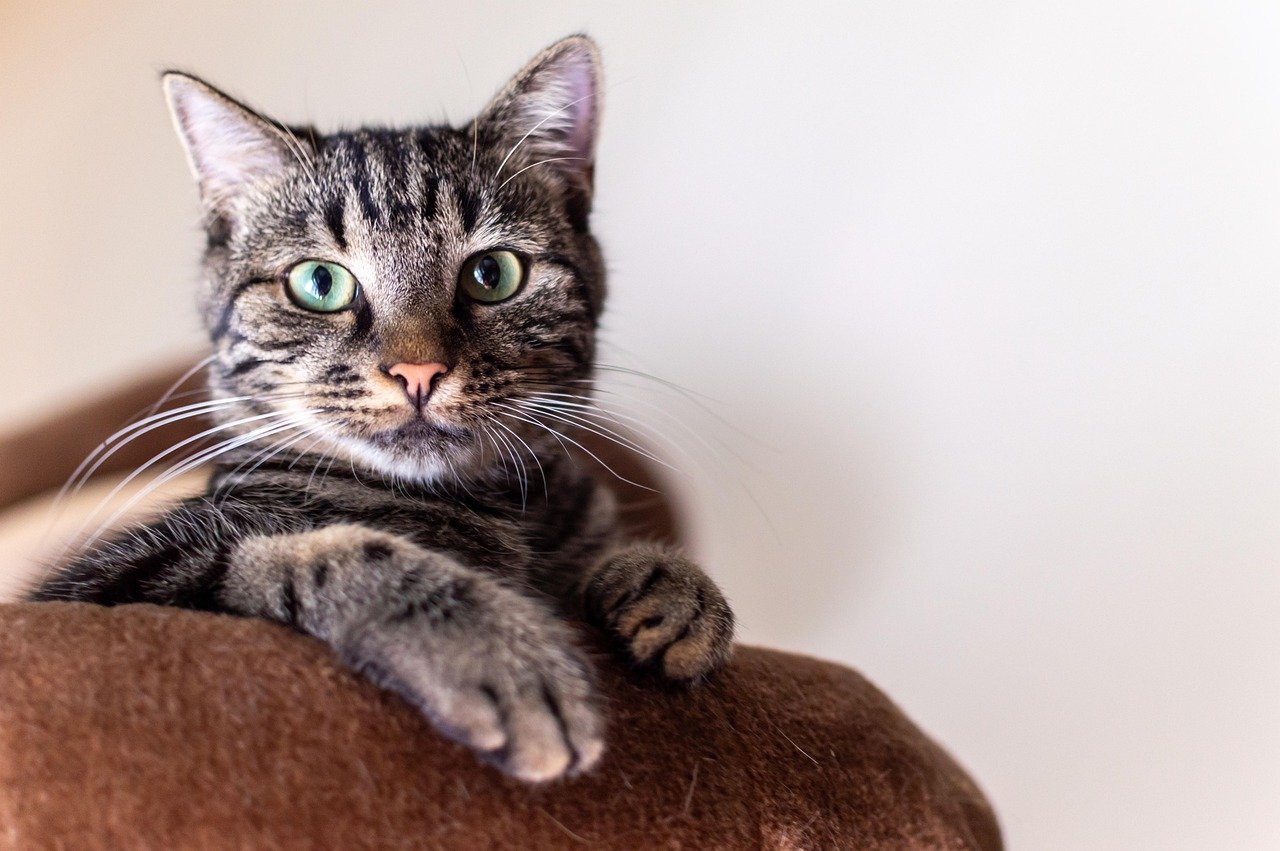
Stress can wreak havoc on a cat’s bathroom habits. When a cat feels safe, they use their litter box consistently, without accidents. This return to normalcy is a clear sign of emotional stability. It means your cat is comfortable enough in their environment to take care of business the way nature intended.
Relaxed Body Language
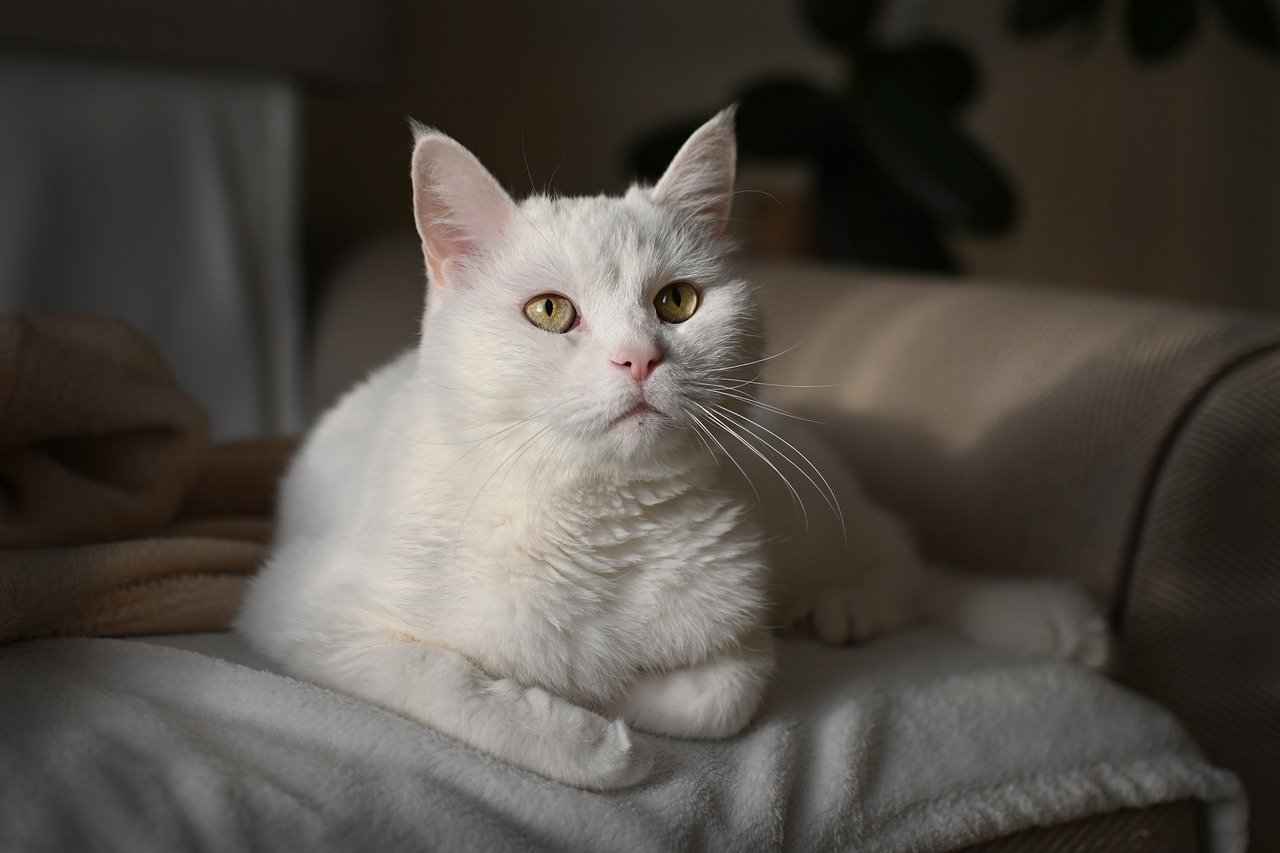
A safe cat moves differently. Their tail is up, their body is loose, and their ears are forward instead of pinned back. They stretch, yawn, and move with confidence. These physical cues are like reading a book on your cat’s emotional state—relaxed body language means a relaxed mind. Watching this transformation is like seeing someone finally breathe easy after holding their breath for too long.
Sleeping Near You
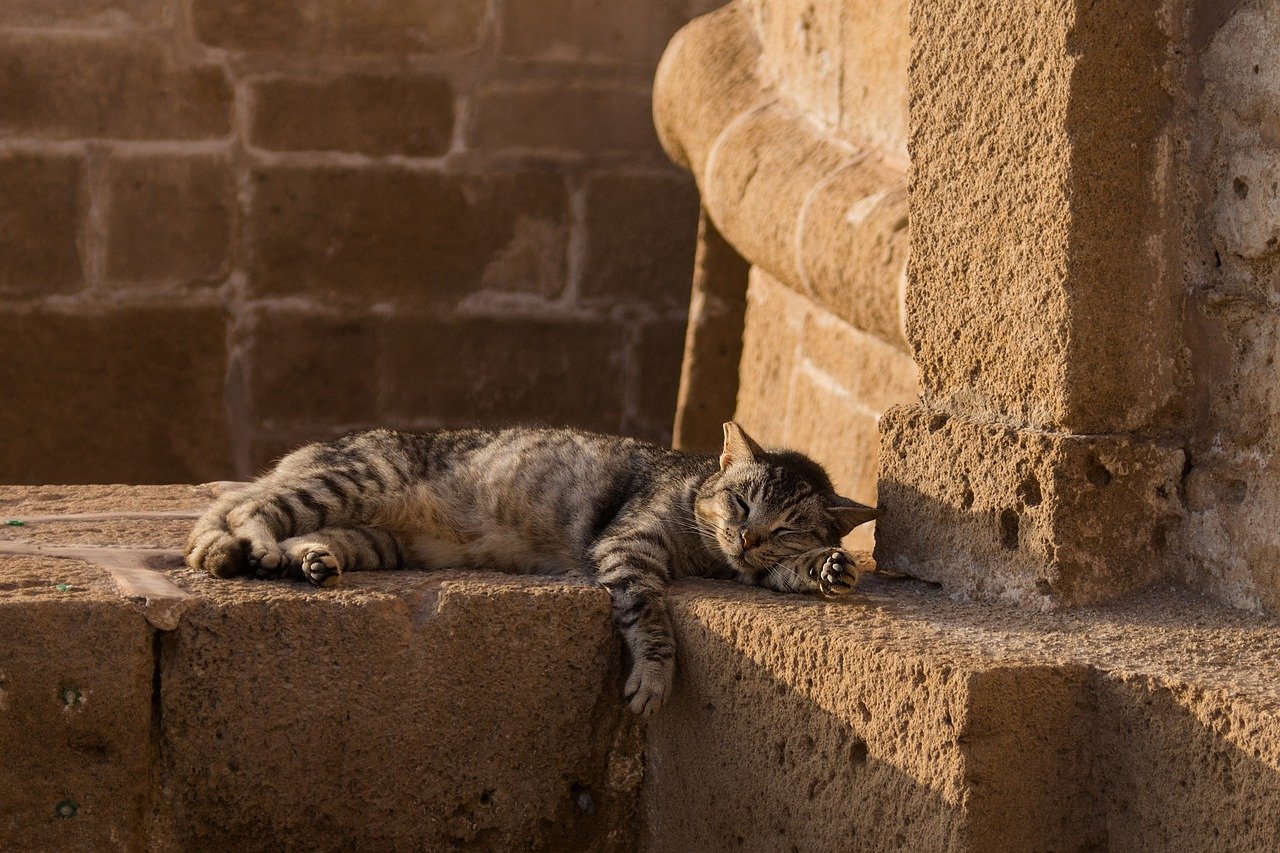
When your cat chooses to sleep near you, it’s one of the highest compliments they can give. Sleep is a vulnerable state, and picking your presence for their nap spot means they trust you completely. You may find them curled up at your feet, on your pillow, or even next to your heart. This closeness is a silent declaration of love and safety.
Eye Contact Without Fear
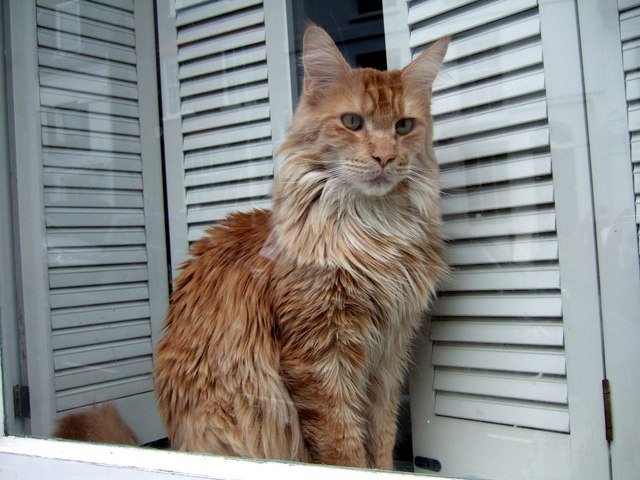
Direct eye contact can be threatening for cats, but when they feel safe, they’ll meet your gaze with warmth and curiosity. You might even catch them giving you slow blinks—a feline sign of affection. This eye contact is a bridge between your worlds, a quiet conversation that says, “I’m not afraid to look you in the eyes anymore.”
Kneading and “Making Biscuits”
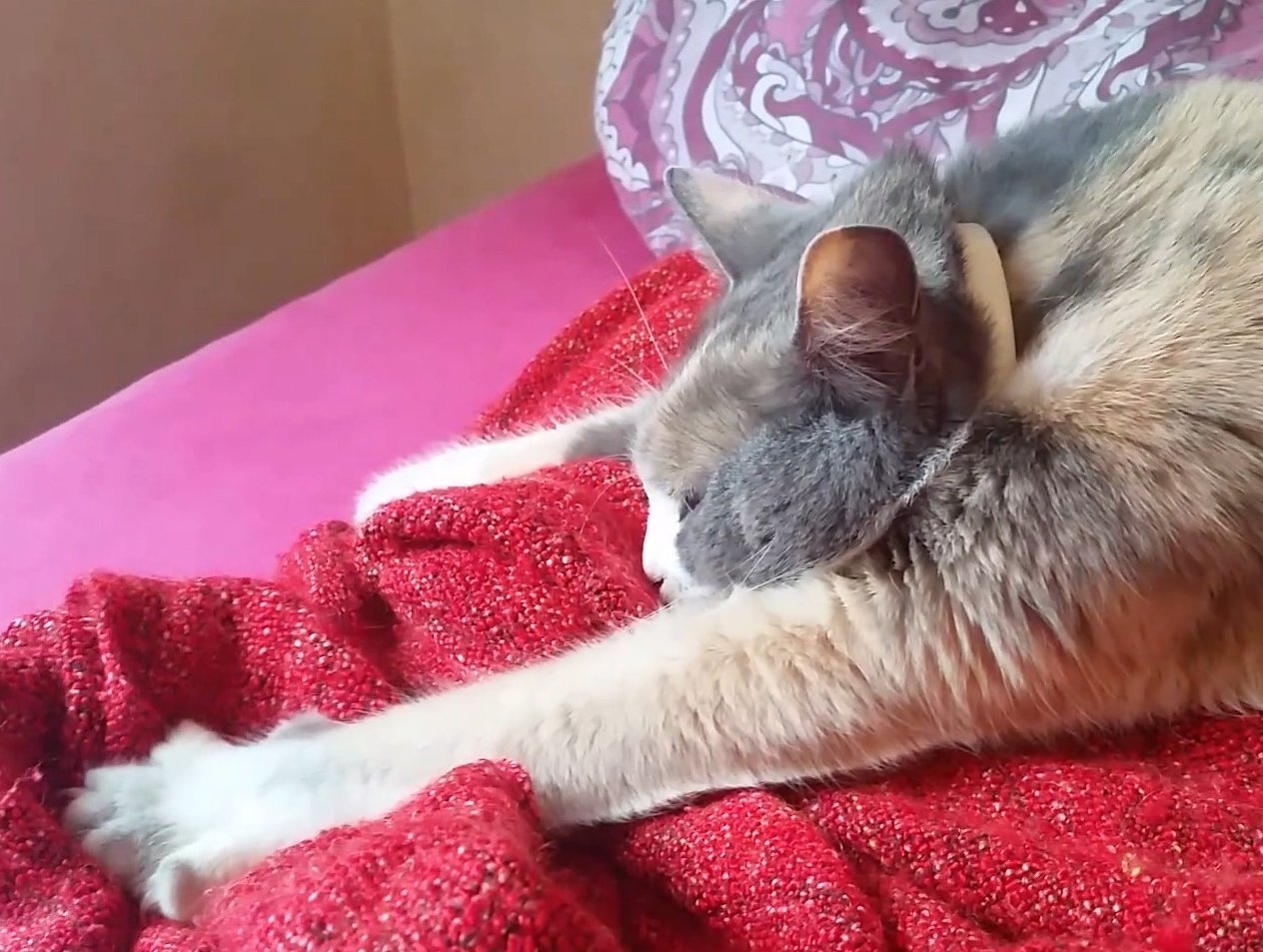
Kneading, or “making biscuits,” is a behavior rooted in kittenhood. When adult cats knead, it’s a sign of comfort and happiness. You’ll notice your cat pressing their paws into blankets, your lap, or even your chest. This motion is soothing for them, and seeing it return is a sure sign they feel safe and content in their home.
Bringing You “Gifts”

Some cats express their affection and sense of belonging by bringing you “gifts”—a toy, a piece of string, or, in some cases, a bug they’ve found. This quirky behavior is their way of sharing and showing love. While it may not always be pleasant, it’s a touching gesture that says, “You’re part of my family now.” Accept these gifts with gratitude—they’re a sign that your cat feels truly at home.
Greeting You at the Door

Nothing compares to the feeling of coming home and finding your cat waiting at the door. This enthusiastic greeting is a sign of a deep bond and emotional security. Your cat has gone from hiding at the sound of footsteps to eagerly anticipating your return. Their joy is unmistakable, and it’s one of the purest signs that they feel safe, loved, and completely themselves with you.
Hi, I’m Bola, a passionate writer and creative strategist with a knack for crafting compelling content that educates, inspires, and connects. Over the years, I’ve honed my skills across various writing fields, including content creation, copywriting, online course development, and video scriptwriting.
When I’m not at my desk, you’ll find me exploring new ideas, reading books, or brainstorming creative ways to solve challenges. I believe that words have the power to transform, and I’m here to help you leverage that power for success.
Thanks for stopping by, Keep coming to this website to checkout new articles form me. You’d always love it!






